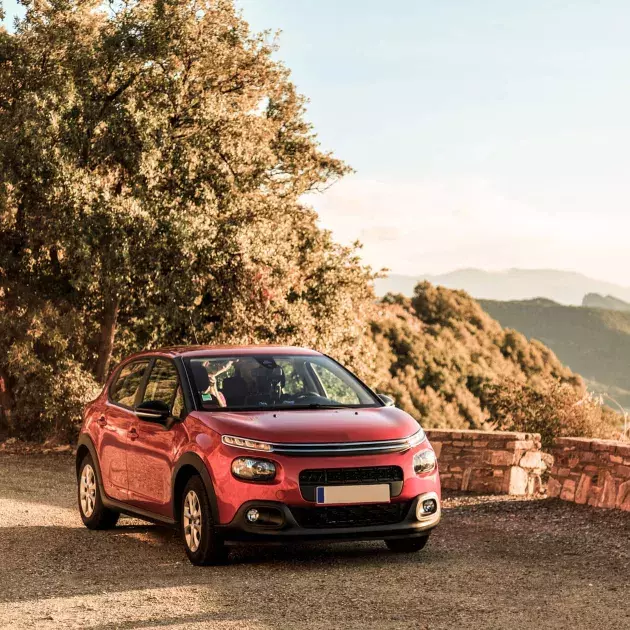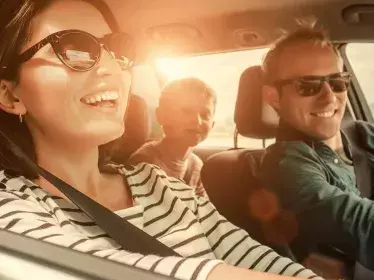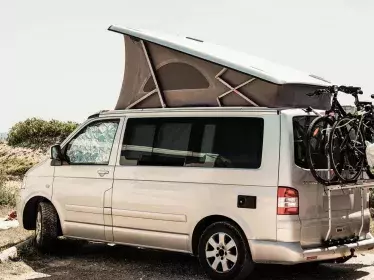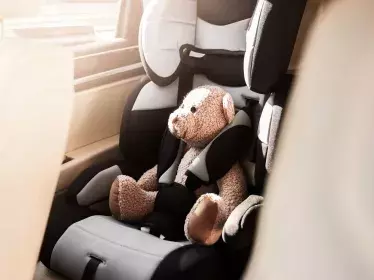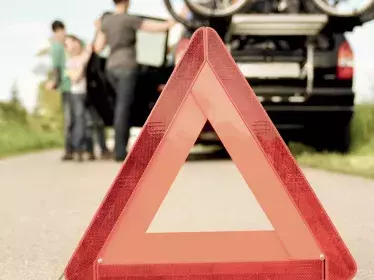Cars provides unparalleled flexibility when you're on holiday. They allow you to choose your route, change it, and discover places off the beaten track. However, it is important to bear in mind that a long journey requires some preparation and precautions.
Before departure
- Check that all of your car's documents are in order, in particular the validity date and the countries covered by the international insurance card (certificate). Make a copy and keep it in a safe place.
- For trips abroad, all passengers must have identity documents (even children). In addition, it is sometimes necessary to have a passport (UK and Morocco, for example). Each (potential) driver must have their driving licence with them. Any minors who are not part of the household or are travelling without one of their parents or a legal guardian will need you to have '“parental' authorisation with a signature legalised by the municipality in order to leave Belgian territory.
- Don't leave without your bank cards (debit, credit, fuel, electric terminal badge) and always have enough cash to deal with any problems (euros and local currencies).
- Don't forget the documents for your travel insurance, break-down assistance and medical assistance (European health insurance card).
- It is sometimes mandatory to acquire a sticker to be affixed to the windscreen or a virtual sticker (online payment) may be required. Remember to find out and purchase in advance if possible.
- Some tolls are operated by number plate detection or with a box, without a barrier. Before you depart, check the rules for motorways in the countries you are travelling to and through.
- Carry out checks on your car before you head off. As a minimum, check the condition of the windscreen, check the levels and top them up if necessary, and adjust the tyre pressure (to the levels provided in the vehicle manual and on the label inside the fuel filler flap or driver’s door).
- Wash your car, if possible the day before departure.
- Plan your route and, if possible, view it on a road map or online map service instead of relying solely on GPS when you leave. If you have an electric car, locate areas with few charging stations and available networks. Remember to save the addresses of where you are staying in your navigation system in advance or prepare a road atlas with the main roads and the right addresses.
- Review the specific rules of the road and mandatory equipment (safety vests, car seats, winter tyres, chains, etc.) in the countries you are visiting and passing through. Penalty notices, especially for speeding, easily cross borders these days.
- Register with the federal authorities at Travellers Online (in particular to notify you or locate you in the event of danger). Don't forget about Covid-related requirements (PLF, Covid Safe Ticket).
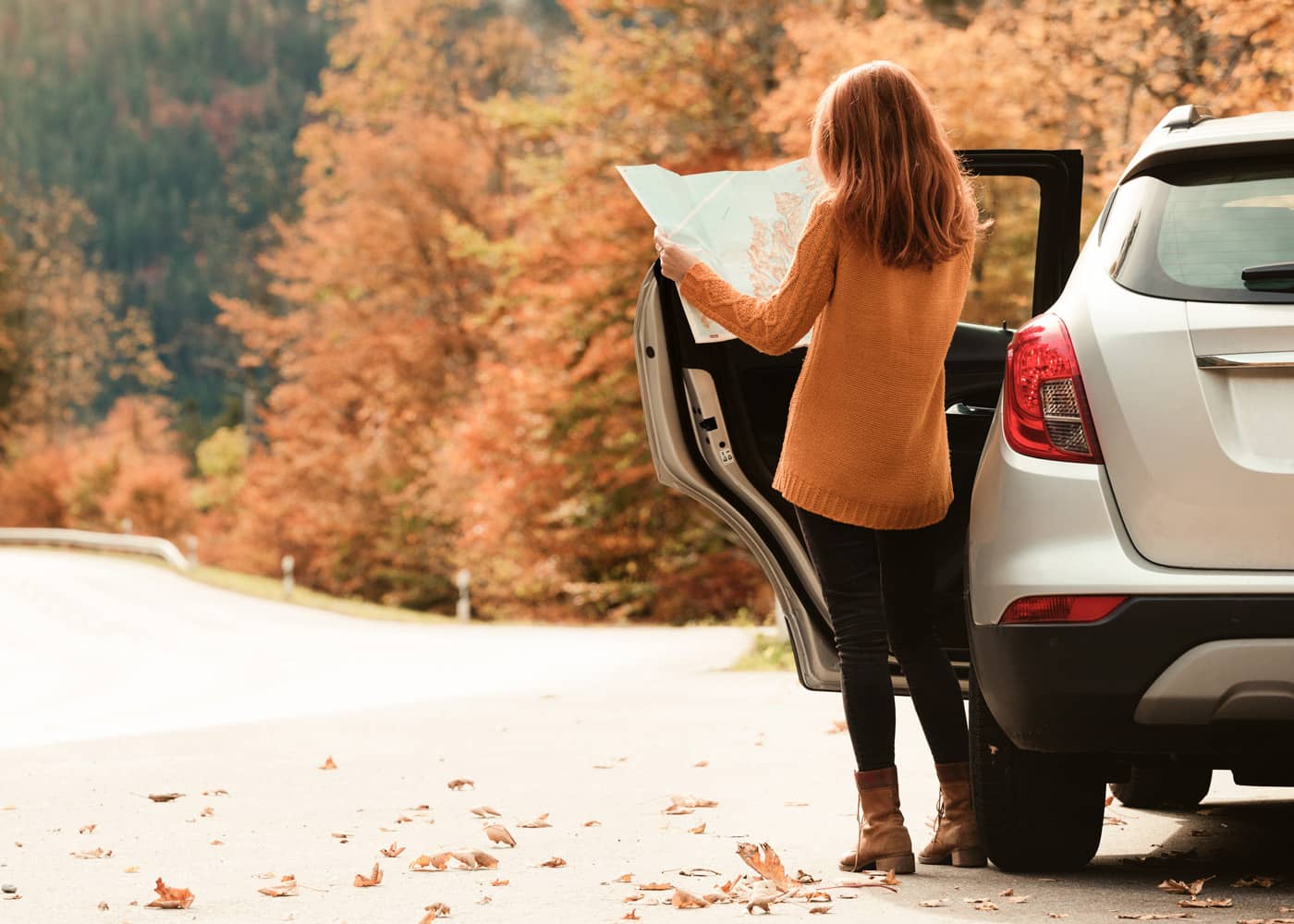
En route
- Do not leave without water and some snacks (but nothing too sweet if possible). In winter, take some blankets too.
- Carefully arrange luggage in a balanced way. Be aware of longer braking distances due to the additional weight. The car's handling will be different when using a roof box or trailer.
- Think about the comfort of your passengers, especially children.
- Create a calm atmosphere and use your navigation system.
- Avoid long journeys when you have had little sleep or after a hectic day at work.
- The car must be completely de-iced in winter. Lights and windows should be cleared of snow, frost and ice.
- Remember to take regular breaks every 2 hours. During these stops, get out of your car to stretch your legs a bit and get some fresh air. It’s also an opportunity to clean the windscreen and remove insects or visible spreading salt residues.
- Stay alert! Thieves are often very active in motorway services and tourist areas during the holiday season.
- If you need to make an emergency call, the number 112 can be used throughout the EU, as well as in Switzerland and the UK.
- Follow parking rules when you reach your destination and during scenic detours. Do not forget to check the parking times.
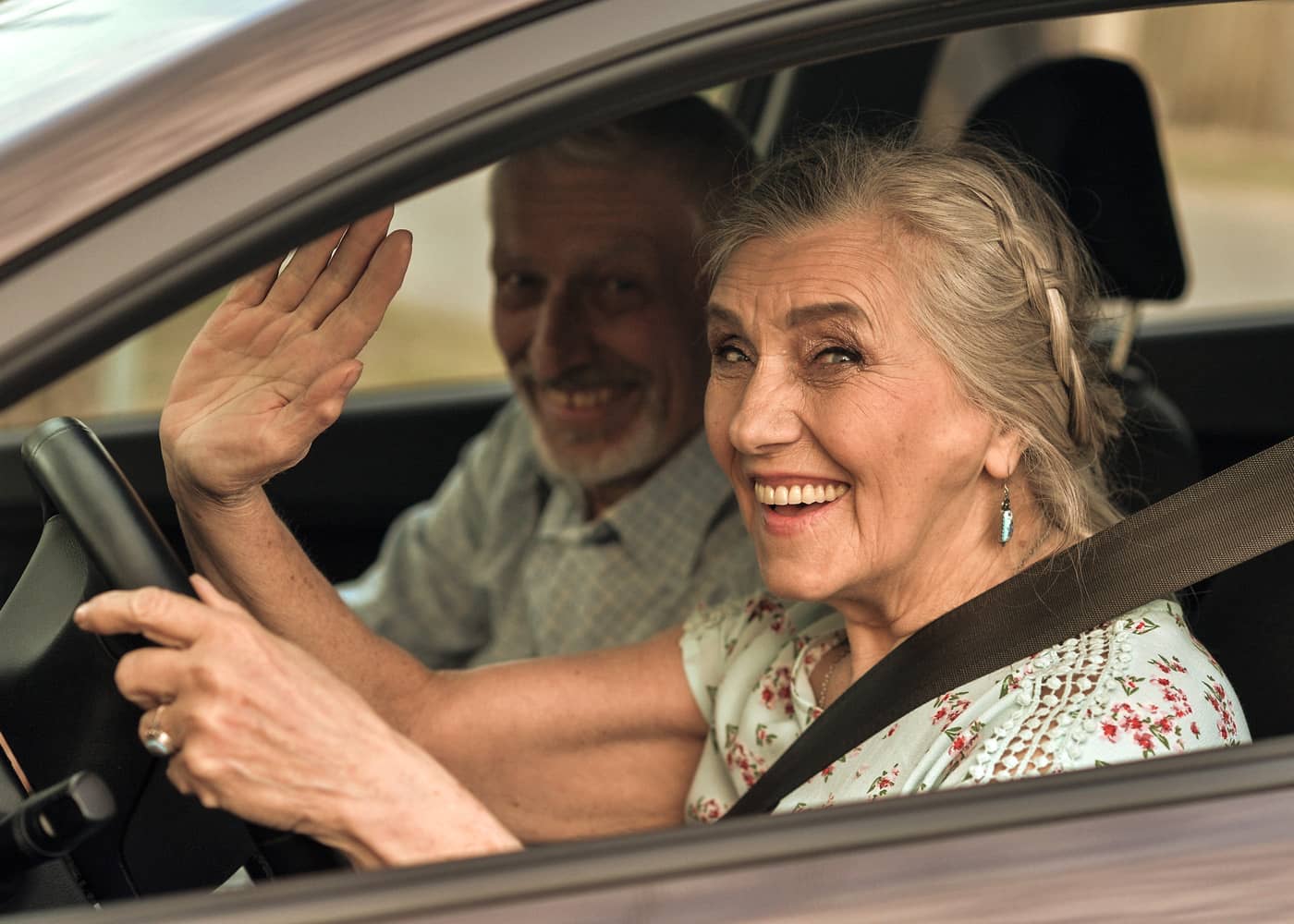
For your return journey
- If possible, wash your car before you drive home. Even if this is not possible, ensure that you always have good visibility through your windscreen and that the headlights are working.
- Don't let the excitement of your return from holiday catch you off guard. Stay safe, following the same rules as for your outward journey.
- Remember to empty the car and remove the roof box as soon as possible after your return to avoid increased fuel consumption during your normal daily commute.
Standardised fuel names
Throughout Europe, and beyond the European Union, fuels have the same labelling. This helps prevent filling errors, because nozzle colours can vary from country to country. The standardised system uses a symbol with a geometric shape, a letter and a number. A circle represents petrol, with E and a number indicating the ethanol level. So 'Super 95' becomes E10 and 'Super 98' becomes E5. For Diesel, this is a square with a B and its percentage of biodiesel: B7 or B10. B7 is standard diesel fuel. B10 is compatible with more recent cars. If XTL is shown in the square, it is synthetic diesel. Alternative fuels are represented by a diamond with their name: CNG (natural gas), LNG (liquefied natural gas for trucks), LPG or H2 (hydrogen).


